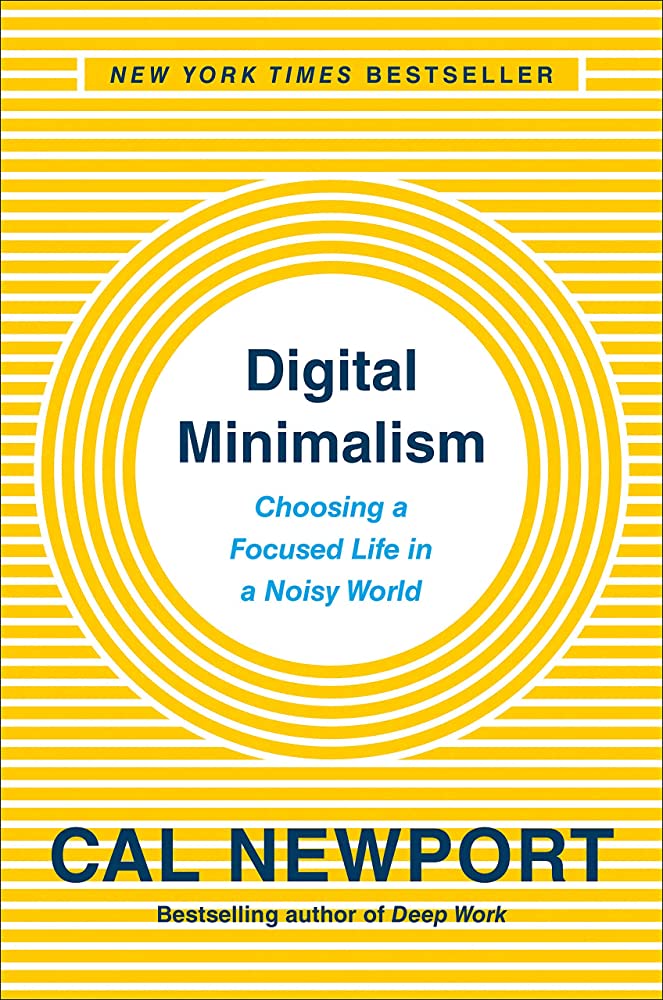
With so much digital noise around us, the pursuit of genuine connection and inner peace seems more elusive than ever before. As technology advances at breakneck speed, it becomes increasingly challenging to avoid the distractions and mindless scrolling that come with it. However, amidst this chaos, a beacon of hope emerges in the form of “Digital Minimalism” by Cal Newport.
In his thought-provoking book, “Digital Minimalism,” Newport presents a compelling case for reclaiming our lives from the clutches of technology and finding a balance between the benefits of digital tools and the preservation of our mental well-being. His philosophy revolves around intentional and mindful use of technology, advocating for a more meaningful life that transcends the shallow allure of the virtual world.
As I delved into the pages of “Digital Minimalism,” I found myself nodding in agreement and reflecting on my own digital habits. The book masterfully emphasizes the importance of embracing solitude and quiet contemplation, which have become scarce commodities in our hyperconnected society. Newport contends that by minimizing our reliance on digital distractions, we can rekindle our ability to focus deeply and cultivate more meaningful relationships in the real world.
One of the most powerful takeaways from the book is the idea of a digital declutter. Similar to tidying up our physical spaces with Marie Kondo’s method, Newport encourages us to declutter our digital lives by carefully evaluating the value each digital tool brings to our existence. He prompts us to ask ourselves: Does this app genuinely add value to my life, or does it merely occupy my time and attention? By mindfully choosing the digital tools we incorporate into our lives, we can prevent technology from hijacking our time and attention.
The concept of the “digital Sabbath” is another intriguing aspect of Newport’s philosophy. By setting aside dedicated periods of time to unplug completely, we can recharge our mental batteries and reestablish a healthier relationship with technology. During these digital Sabbaths, I found myself enjoying simple pleasures such as reading a physical book, taking a nature walk, or engaging in heart-to-heart conversations with loved ones, free from the incessant buzz of notifications.
As I started implementing Newport’s principles of digital minimalism into my daily routine, I noticed a profound shift in my overall well-being. Instead of feeling anxious and overwhelmed by the constant stream of information, I felt more centered and present in each moment. Moreover, my relationships with others deepened as I gave them my undivided attention and actively participated in their lives without the constant urge to check my phone.
However, I must admit that adopting a digital minimalist lifestyle is not without its challenges. Our society’s dependency on technology is deeply ingrained, and breaking free from it requires discipline and determination. But the rewards of digital minimalism are worth the effort. By curating our digital lives to align with our values, we can rediscover the beauty of authentic experiences, strengthen our connections with others, and unlock the full potential of our minds.
In conclusion, “Digital Minimalism” by Cal Newport serves as a compelling wake-up call to the perils of our hyperconnected world. It inspires us to take back control of our digital lives and lead a more intentional, focused, and fulfilling existence. Embracing the principles of digital minimalism can help us find the elusive balance between technology and well-being, leading us towards a more peaceful and meaningful life in the digital age. Let us embark on this journey together and embrace the liberating power of digital minimalism!

